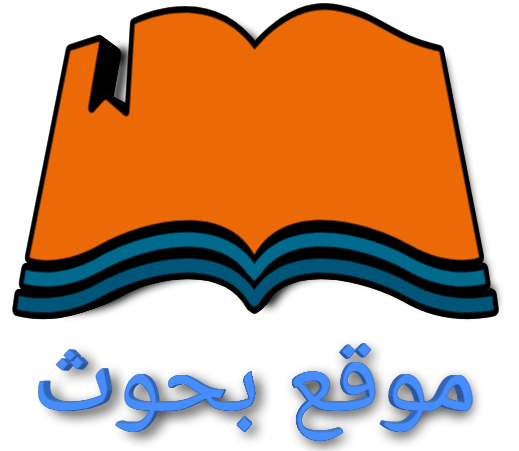
بعد أربع سنوات من حرب 2014 ضد قطاع غزة ، اضطراب ما بعد الصدمة بين الأشخاص الذين أجبروا على ترك منازلهم أثناء الحرب: دراسة مقطعية pdf
ملخص الدراسة:
Introduction: Post-Traumatic Stress Disorder (PTSD) is a common, disabling disorder that appears after the exposure to a traumatic experience. Post-traumatic stress leads to a pattern of symptoms that include a delayed response to an acute stressful and a life-threatening event or situation, such as combat exposure during war time. Individuals exposed to combat exposure in a war zone are not only at risk to experience trauma but typically they may experience multiple traumatic experiences. Gaza Strip was a target for several Israeli aggressions in the last decade. The last and the worst was the offensive of the summer of 2014. People who live in the war zone and were forced to leave their homes have encountered several stressors during the war time that included personal threats to their lives, their families and partial or complete destruction of their homes. Purpose: This study aimed to assess the level of PSTD and to examine the relationship between exposure to war stress and posttraumatic symptoms among people who were forced to leave their homes during/following Israeli offensives against Gaza Strip in 2014. _x000D__x000D_
Methodology: A cross-sectional design was used for this study. The target population of this study was people who were forced to leave their homes during the war. A convenience sample of 190 adults who were forced to leave their homes during the war completed a demographic sheet and Impact Event Scale-Revised (IES-R). IES-R was translated to Arabic in previous studies and proved to be valid and reliable. It has three sub-scales: intrusion, avoidance, and hyper-arousal._x000D__x000D_
Results: The sample consisted of 190 participants, 51.5% (96) of them were males, 13.7% (26) were injured, 18.9% (36) had lost a family member, and 28.9% (55) of them had received psychological support after the event. The results showed that 176 (92.6%) of the participants had scores more than the threshold cut-off point of 35 which means that they have severe posttraumatic symptoms. Total scores of IES-R ranged from 25.03 to 78.0 with a mean of 53.16. The most frequent symptoms of trauma subscales were “Intrusion” (mean=20.94), followed by “Avoidance” (mean=17.66), and then “Hyperarousal” (mean=14.54). Level of trauma symptoms was not affected by sex, place of living, marital status, whether they had experienced an injury, a disability, and home destruction or not. They only factor that had an impact on level of stress was receiving psychological support or not. _x000D__x000D_
Interpretation of Results and Implication for Practice: Despite the long period of the event, the findings of our study showed that participants suffered from severe posttraumatic symptoms four years after the war of 2014 against Gaza Strip. Such high prevalence rates of PSTD will have negative consequences on this group of people including negative health outcomes, social and family relationship, and adverse psychological disorders such as acute depression, anxiety, and psychosocial disorders. This level of trauma warrants intervention programs, including counselling, to reduce stress and trauma among this vulnerable group.
توثيق المرجعي (APA)
خصائص الدراسة
-
المؤلف
Abu-El-noor, Nasser
Abu-El-noor , Mysoon
-
الناشر:
Biomedical Journal of Science & Technical Research
-
المصدر:
المستودع الرقمي للجامعة الإسلامية بغزة
-
نوع المحتوى:
Journal Article
-
اللغة:
English
-
محكمة:
نعم
-
الدولة:
فلسطين
-
النص:
دراسة كاملة
-
نوع الملف:
pdf

